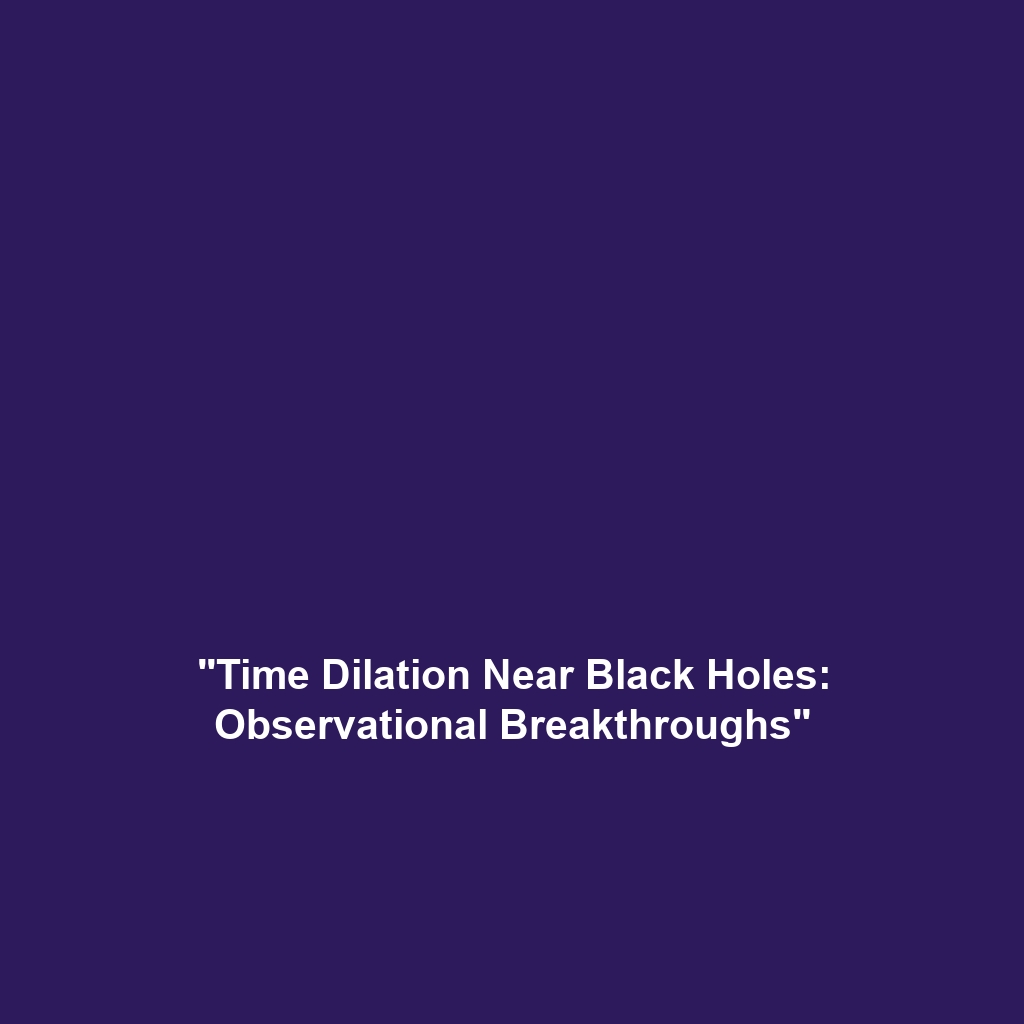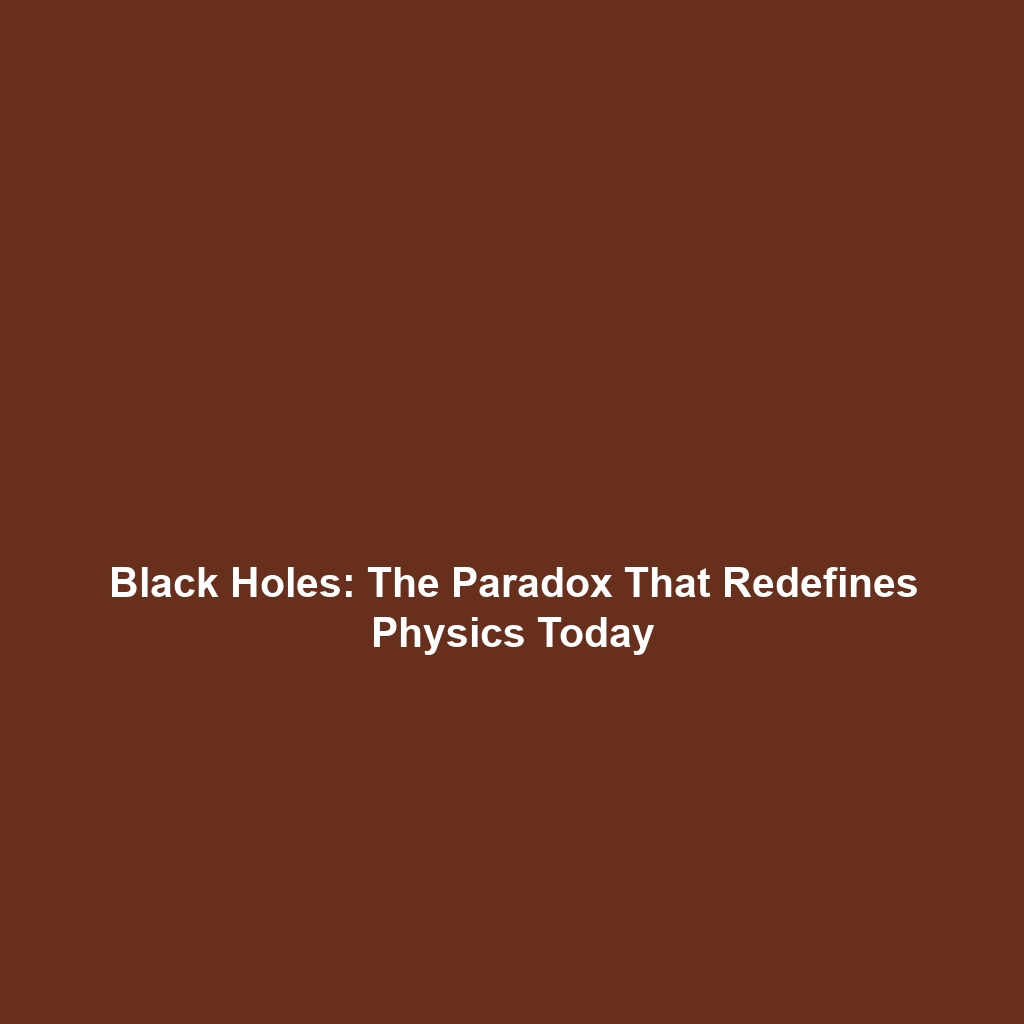Possible Resolutions to the Black Hole Paradox
Black holes have long fascinated scientists and the public alike, presenting a myriad of challenges and theories in the realm of astrophysics. Central to these discussions is the investigation of resolutions to the black hole paradox, notably the firewall hypothesis and the holographic principle. Understanding these theories not only sheds light on the fundamental nature of black holes but also addresses critical questions about gravity, quantum mechanics, and the fabric of our universe. This article delves into the key concepts, applications, challenges, and future research surrounding these intriguing theories.
The Firewall Hypothesis
The firewall hypothesis suggests that an “energetic barrier” exists at the event horizon of a black hole, contradicting the classical expectation that crossing this boundary would be uneventful for an observer. This resolution aims to resolve conflicts between quantum mechanics and general relativity, particularly in terms of information paradox and heat entropy. If the firewall exists, it implies an end to the traditional notion of black holes as benign objects.
The Holographic Principle
The holographic principle posits that all the information contained within a volume of space can be represented as a theory on the boundary to the region—essentially suggesting that the universe is a two-dimensional information structure “projected” into three dimensions. This principle provides a new lens to view black holes, potentially resolving the information paradox by implying that information about matter falling into black holes is preserved on their surfaces. The implications of this theory reach beyond black holes, prompting a reevaluation of space, time, and matter.
Applications and Real-World Uses
The practical implications of exploring resolutions to the black hole paradox, specifically the firewall hypothesis and holographic principle, extend beyond theoretical physics.
- Understanding Quantum Gravity: Insights gained from these theories contribute to the broader understanding of quantum gravity, which has applications in developing technologies such as quantum computing.
- Black Hole Information Recovery: Research into these hypotheses could open pathways for recovering information lost in black holes, potentially influencing the field of data encryption.
- Cosmology and Universe Mapping: Holographic dimension theories might provide new frameworks for the study of the cosmos, influencing how we perceive and understand large-scale structures in the universe.
Current Challenges
Despite the promising nature of the firewall hypothesis and holographic principle, researchers encounter several challenges:
- Understanding the nature and behavior of firewalls in different theoretical frameworks.
- Establishing experimental proof or observable consequences that validate the holographic principle.
- Reconciling findings from quantum mechanics with observations of black holes and their behavior in the universe.
Future Research and Innovations
Ongoing research continues to innovate our understanding of black holes, particularly surrounding these paradoxical theories. Potential breakthroughs may include:
- New Experimental Designs: Future experiments may aim to test predictions made by both the firewall hypothesis and holographic principle, potentially leveraging advancements in observational astrophysics.
- Theoretical Models: New theoretical frameworks integrating quantum mechanics and general relativity may emerge, fostering a deeper understanding of gravity and its role in cosmic structures.
Conclusion
In conclusion, the pursuit of resolutions to the black hole paradox, particularly through the lens of the firewall hypothesis and the holographic principle, continues to be a pivotal topic in modern physics. These theories challenge our understanding of fundamental concepts in science and open avenues for further research and exploration. For those intrigued by the mysteries of black holes, the journey of discovery promises to be as compelling as the mysteries they aim to unravel. To dive deeper into related topics, visit our articles on Quantum Gravity and Astrophysics Research.








